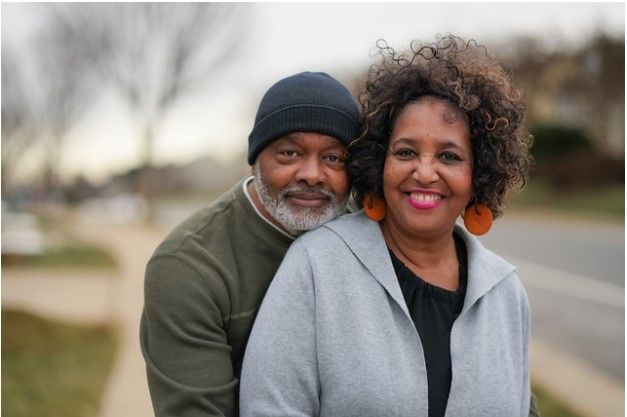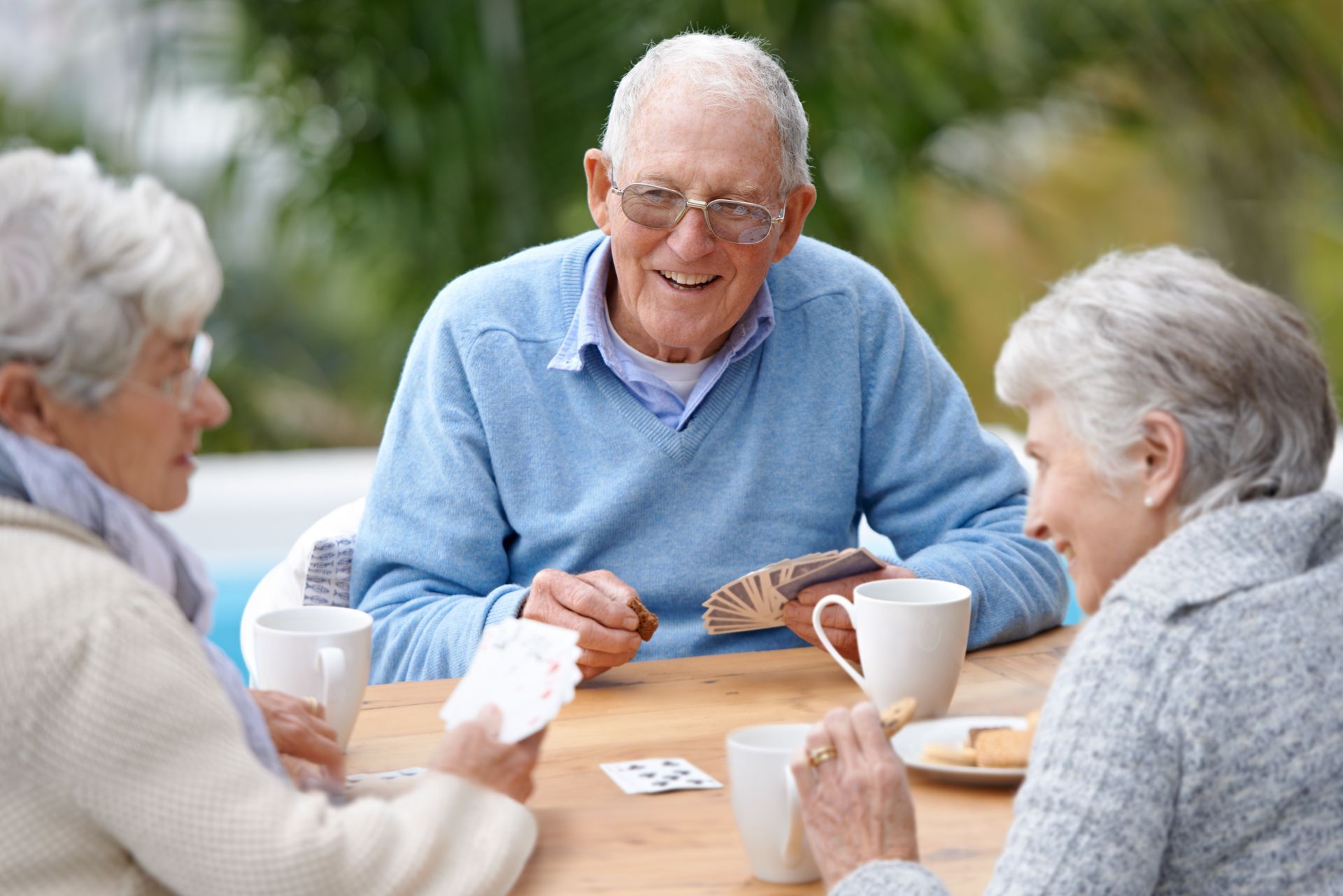Staying Active with Joint Pain: Safe Exercise Tips for Seniors
Article by Olivia Wolfe
Olivia’s journey began when she pursued her nursing degree where she developed a deep understanding of the intricacies involved in caring for the elderly. Through her articles, blog posts, and personal essays, she aims to empower individuals with knowledge and understanding to navigate the complexities of senior care health more effectively.

Staying active as our bodies age may seem counterintuitive for the wear and tear. But actually, our bodies need to function like a well-oiled machine. This can become slightly complicated when we’re dealing with things such as joint pain or conditions like arthritis.
Thankfully, there are a number of different avenues that seniors can take to make sure they’re not further damaging their joints. In this article, we look to explore what joint pain really is and how we can continue not only to manage it but potentially make it better as well.
Joint Pain In Seniors
Why do seniors get joint pain? Ultimately, like anybody else, wear and tear causes inflammation as well as a breakdown of cartilage in some areas. Our bodies work hard for us, and that’s why proper care is essential.
Arthritis can affect nearly half of adults ages 65 and older. This may be especially true for those who are overweight or who are overactive.
How to Keep Active and Safe
Staying active and safe are two words that can be like they’re on the opposite ends of the spectrum. However, many seniors are happy to learn that both can coexist. Below are some great options that are easy on the joints and great for the heart.
Chair Yoga
A lot can be accomplished with Cherry Yoga. Yoga, in general, has wonderful benefits. Flexibility and strength are two of the main appeals.
- Flexibility can be tough to develop as we risk falling in certain positions and poses. A chair gives us a lot of stability and range to get us off our feet and create balance.
- Strength is another important thing we can do by using the chair, but it’s also crucial to consider taking breaks. What better break than taking a seat on the chair?
Chair yoga isn't just for seniors; it's also great for beginners who need help with strength and flexibility. I can also take away some of the fear by trying new stretches and poses.
Physical Therapy
You don’t have to endure physical therapy. However, if you do have joint pain, physical therapy is a great place to start. Joint pain often stems from weak muscles surrounded by the joints.
Guided physical therapy from a professional can help not only strengthen the muscles appropriately but also use several techniques to loosen the muscles and break up scar tissue that may develop.
One of the best parts about working with a physical therapist is that they can create a schedule for you that helps with maintenance as well as recovery. This may include light band work or resistance training, as well as massage therapy techniques.
Swimming and Water Aerobics
Swimming is such a wonderful form of exercise as it really challenges anaerobic fitness while also promoting relaxation. One of the best parts about being in the water is that it puts nearly no pressure and weight on our joints but also provides resistance to strengthen our muscles.
Swimming alone is not fascinating for everyone, which is why water aerobics and strength classes are really taking off. These workouts have even been popular with athletes as you can really control just how much you want to get out of the workout.
Don’t forget, dancing in the water as many classes offer this. It’s a great substitute for saving your knees if you still like Zumba.
Alternative Measures
Fitness is not the only way to stay active. There’s much more to overall health and well-being when it comes to taking care of our joints than getting a sweat on. There are many different avenues to pursue, but let’s look at some of the more popular options.
Cryotherapy
Crow therapy is one of the new health and wellness trends, but there’s a good reason for it being so popular. It involves getting in an enclosed space in freezing cold temperatures for a short amount of time because it helps reduce inflammation.
This can be particularly beneficial for those who have joint pain and struggle to get rid of inflammation on their own.
Saunas
Just the opposite of getting cold size can also do incredible work when it comes to inflammation. This is especially true when you look at infrared saunas and the different types of therapies out there.
It is incredibly important to consult the doctor before doing any kind of work in a sauna or cryotherapy chamber, As those with any heart conditions or any underlying medical conditions can be affected.
Compression Therapy
Compression socks are one of the simplest ways to ease muscle and joint pain. Compression therapy reduces swelling and inflammation and aids in faster recovery. This is because it produces increased blood flow to the compressed area. This, in turn, promotes faster healing and happier joints.
If you are looking for
easy to wear compression socks for elderly, be sure to choose a brand carefully. Higher costs don’t always guarantee quality. You want breathable socks that apply the right amount of pressure to get the job done.
Finding a Routine That Fits
Finding a routine that fits your lifestyle and schedule is important. This is because no joint pain is exactly the same. Our bodies, no matter how old, respond differently to different forms of exercise and therapy. Trial and error can go a long way here.
Talking with a medical professional before embarking on any new fitness journey or therapy is also an important step. No one knows your medical history like your doctor. They will be able to make referrals to credible therapists and programs that assist with joint pain.







